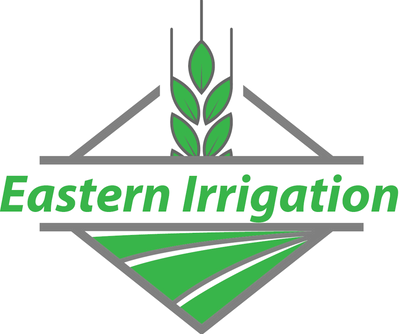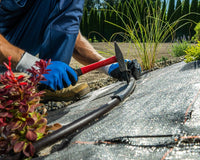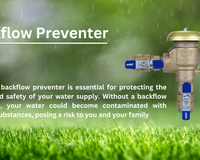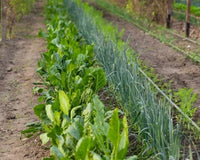At Eastern Irrigation, we understand water's vital role in nurturing plants. Surface watering might be the norm, but it's not the most efficient way. So, what's the solution? Let's introduce you to the power of drip irrigation.

Making Sense of Drip Irrigation
In basic terms, plants need water, light, and air. Any watering system can cater to these needs, but drip irrigation takes it up a notch. This ingenious system involves emitters, tubes, pipes, and valves to ensure every drop of water reaches the plant roots.
The secret lies in the drip – a constant, slow release of water directly to the plant's roots. The tubes and pipes crisscross your field or garden, delivering water straight where needed, reducing wastage, and improving efficiency.
The Sustainability Champion
Drip irrigation is the superhero of water conservation. Sprinklers and traditional methods often use wastewater, but with drip irrigation, every drop counts. Not only does it use less water, it even reduces evaporation. From commercial farms to residential gardens, it's a sure winner.
Key Players of Drip Irrigation System
A drip irrigation system has several components:
- Water Line: This is the primary water source feeding the tubes.
- Pressure Controllers: Essential for maintaining low pressures in the system, thereby increasing efficiency.
- Fitting Equipment: This includes a variety of fittings like adapters, couplings, tees, etc. They connect the main water line to the system.
- Drip Tubing: The most crucial component. It delivers water directly to the plants.

Drip Tubing - The Heart of the System
Drip tubing is vital to a successful irrigation system. Depending on your needs, different sizes and types of tubing are available. They are often categorized by their inside diameter (ID) and outside diameter (OD).
To choose the proper drip tubing, you need to consider:
- Size: The ID and OD of the tubing are critical. Standard sizes include ½” and ¼” with variations within each.
- Material: Poly tubing (polyethylene tubing) is widely used due to its versatility and availability in different lengths and sizes.
- Location: The placement of the tubing, either on the surface or underground, can impact its efficiency.
Drip Tubing Sizes Explained
Drip tubing sizes vary, and each has its unique applications. Here are the different ½” tubing size variations available:
-
Hose Size O.D. I.D. Wall Thickness Maximum Flow Rate 1/4" .250 .170 N/A 30 gph .580 .580 .480 .05 180 gph .700 .700 .600 .05 240 gph .820 .820 .720 .05 380 gph
Besides the popular sizes, other sizes available include 1/8-inch, ¼-inch, 3⁄8-inch, ¾-inch, and 1-inch.
Getting to Know Micro-Tubing
Micro-tubing, or distribution tubing, is the final link in the drip irrigation chain. It branches off the main poly tubing and takes the water to the plants. It is usually available in black, with lengths ranging from 100 ft to 1,000 ft.

Choosing Your Tubing
The size of tubing needed can vary depending on your irrigation system. Remember, the ID and OD are vital considerations but also pay attention to emitter flow rates – dense soil benefits from slower flow rates.

Drip irrigation might initially seem complex, but it is an incredibly efficient, sustainable watering method. Once you understand its principles, it is a game-changer for any gardener, hobbyist, or professional. At Eastern Irrigation, we are here to help you choose and implement the right system for your needs.





